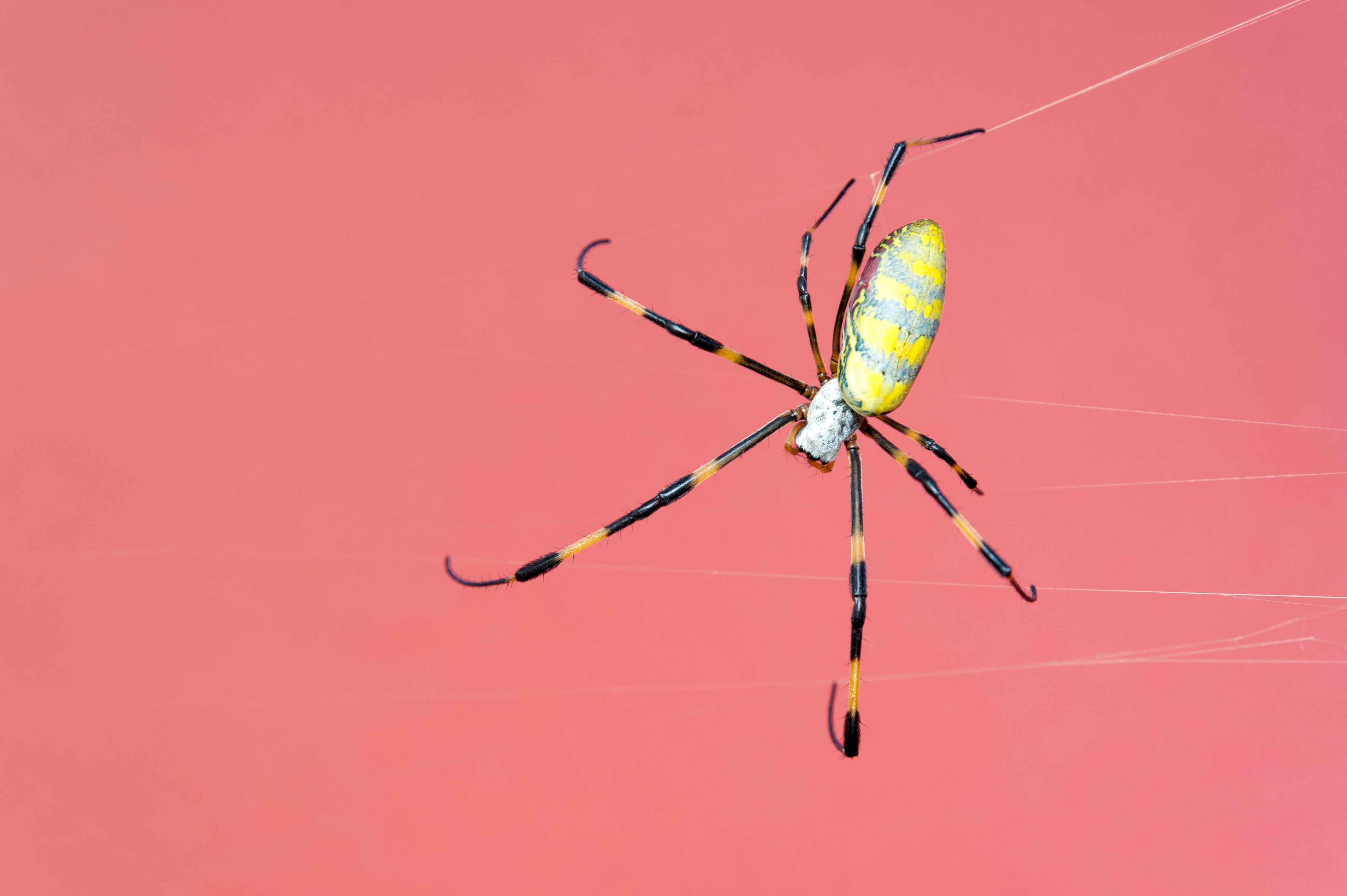Flying Spider Characteristics and Biology

Flying spiders, belonging to the order Araneae, possess unique adaptations that allow them to glide or fly through the air. These spiders exhibit remarkable physical attributes and intriguing biological traits.
Physical Attributes
Flying spiders are generally small in size, ranging from a few millimeters to a few centimeters in body length. Their bodies are typically slender and elongated, with a flattened appearance. The coloration of flying spiders varies depending on the species, but they often display shades of brown, black, or gray.
Adaptations for Flight
Flying spiders possess specialized structures that enable them to fly or glide. They have large, silk-producing glands that they use to create a silken parachute. When the spider leaps or falls from a height, it releases the parachute, which catches the air and allows the spider to float or glide. Some species of flying spiders also have enlarged, flattened legs that act as wings, aiding in their aerial maneuvers.
Habitat and Distribution, Flying spiders
Flying spiders are found in various habitats worldwide, including forests, grasslands, and urban areas. They prefer environments with abundant vegetation and moisture, as these conditions provide suitable hiding places and prey. Flying spiders have a wide geographic distribution, occurring on all continents except Antarctica.
Ecological Significance of Flying Spiders
Flying spiders, with their unique ability to glide through the air, play a significant role within the ecosystem. Their ecological significance is primarily derived from their predatory behavior and their contributions to the food chain.
Role as Predators
As adept predators, flying spiders actively hunt insects and other small creatures. Their presence in an ecosystem helps control insect populations, reducing the number of pests that can damage crops or spread diseases. By consuming insects, flying spiders contribute to the maintenance of ecological balance and prevent insect outbreaks.
Contribution to Insect Population Control
Flying spiders’ aerial hunting capabilities enable them to access insects in areas that are often inaccessible to other predators. They can reach high altitudes and glide over long distances, making them effective at controlling insect populations in diverse habitats. Their predatory behavior helps regulate insect numbers, reducing the risk of insect-borne diseases and protecting vegetation from insect damage.
Significance as a Food Source
Flying spiders serve as a valuable food source for a variety of animals, including birds, bats, and larger insects. Their high nutritional value makes them an important component of the food chain. By providing sustenance to other animals, flying spiders contribute to the overall health and stability of the ecosystem.
Cultural and Folklore Surrounding Flying Spiders

Flying spiders have captured the human imagination for centuries, inspiring myths, legends, and cultural beliefs across diverse societies. Their unique ability to glide through the air has imbued them with a sense of mystery and wonder, leading to their representation in art, literature, and folklore.
Myths and Legends
In many cultures, flying spiders are associated with supernatural powers and omens. In ancient Greece, they were believed to be messengers from the gods, carrying divine messages to mortals. In some African traditions, they are seen as symbols of protection and good luck, while in others, they are feared as harbingers of misfortune or death.
Representation in Art and Literature
Flying spiders have been a popular subject in art and literature throughout history. In medieval tapestries and illuminated manuscripts, they were often depicted as symbols of evil or temptation, while in modern art, they have been used to explore themes of fragility, vulnerability, and the interconnectedness of life.
Cultural Significance
The cultural significance of flying spiders varies greatly depending on the society and historical context. In some cultures, they are seen as symbols of wisdom and creativity, while in others, they are associated with fear and superstition. In some indigenous cultures, flying spiders are believed to possess healing powers or to be connected to the spirit world.